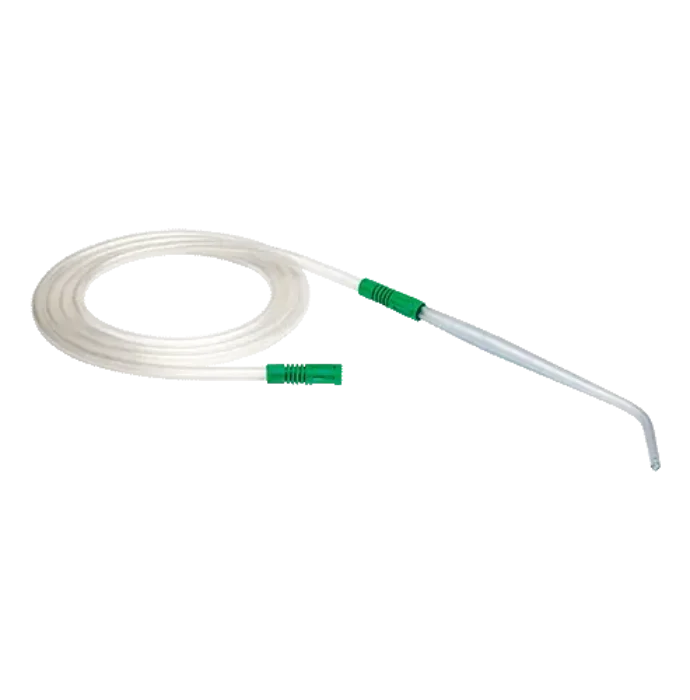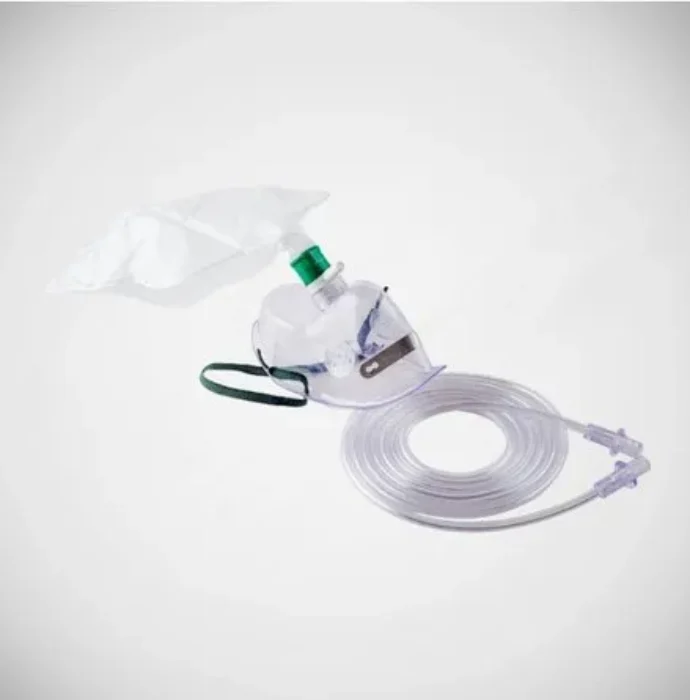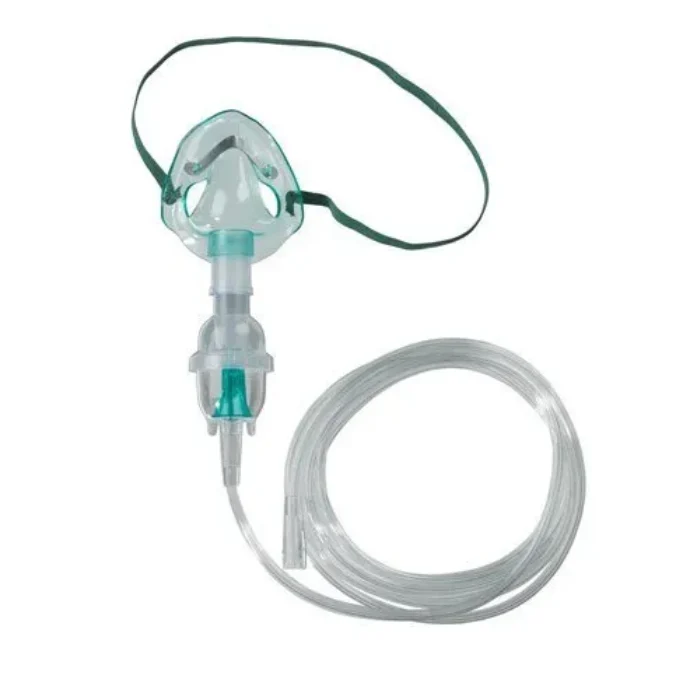No products in the cart.
Description
ESU Cautery Pencil
An ESU (Electrosurgical Unit) cautery pencil is a medical device used in electrosurgery procedures to control bleeding and to cut or coagulate tissues. It is also known as an electrosurgical pencil or a diathermy pencil.
Here are some features and specifications of an ESU cautery pencil:
Design: The ESU cautery pencil is a handheld device that is designed to deliver high-frequency electrical current to the surgical site. It is typically made of plastic or metal and has a button or switch on the top for controlling the electrical current.
Tip: The tip of the cautery pencil is typically made of a metal alloy, such as stainless steel or tungsten, and is available in various shapes and sizes. The tip is designed to be interchangeable, so that different types of tips can be used depending on the specific surgical procedure being performed.
Electrosurgical Modes: The ESU cautery pencil is typically designed to operate in two different electrosurgical modes: cutting and coagulation. In cutting mode, the electrical current is used to cut through tissues, while in coagulation mode, the electrical current is used to coagulate and stop bleeding.
Sterilization: The ESU cautery pencil is a reusable medical device and should be sterilized between uses. Some cautery pencils are designed to be autoclavable, while others are designed to be sterilized using other methods, such as ethylene oxide gas or hydrogen peroxide plasma.
Compatibility: The ESU cautery pencil is compatible with most electrosurgical generators and can be used with various surgical accessories, such as grounding pads and electrosurgical forceps.
It is important to note that electrosurgery procedures can be potentially hazardous, and should only be performed by trained and experienced healthcare professionals. They should always follow proper infection control measures when handling and using medical devices, including the ESU cautery pencil.





Reviews
There are no reviews yet.